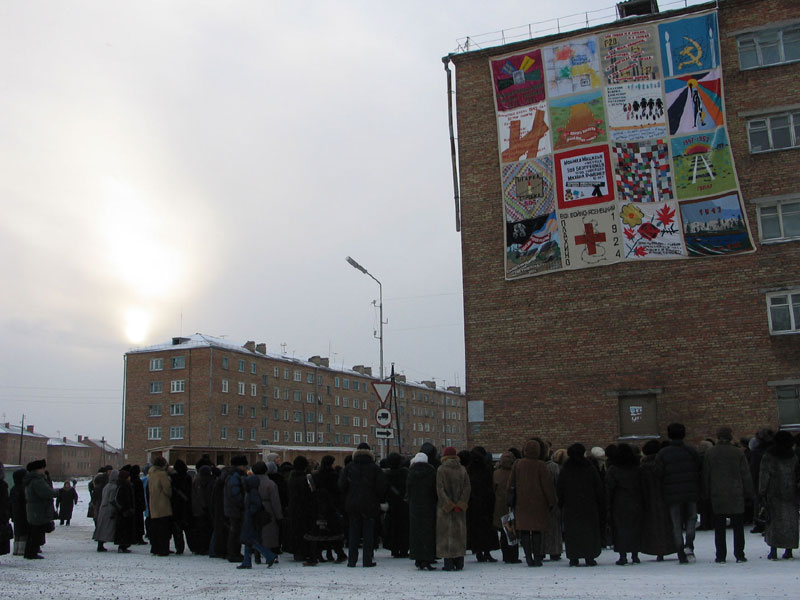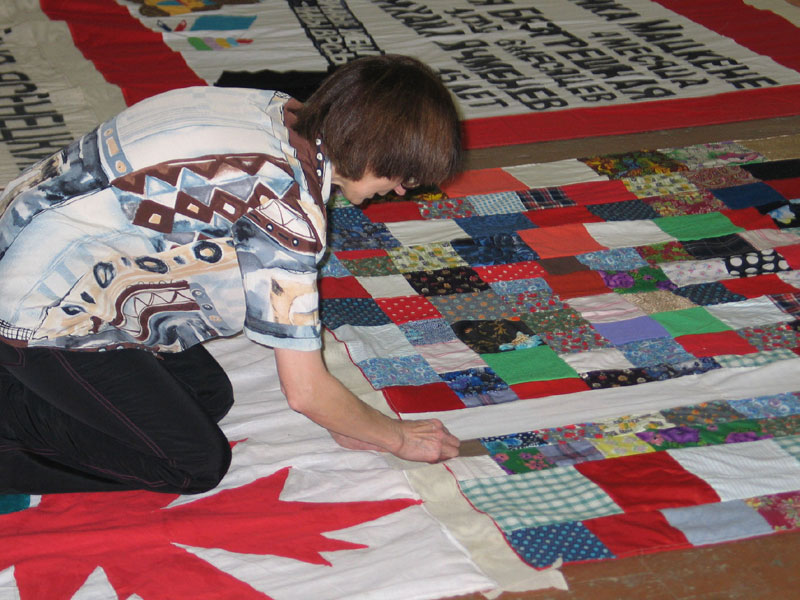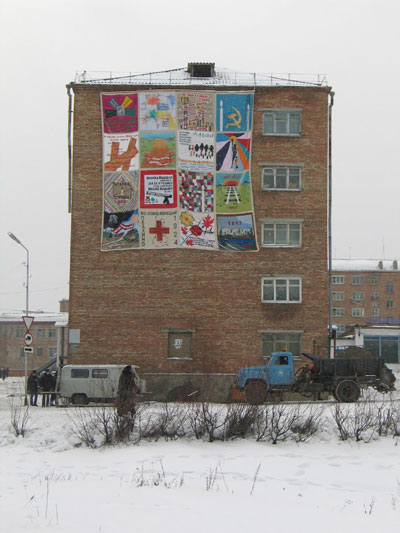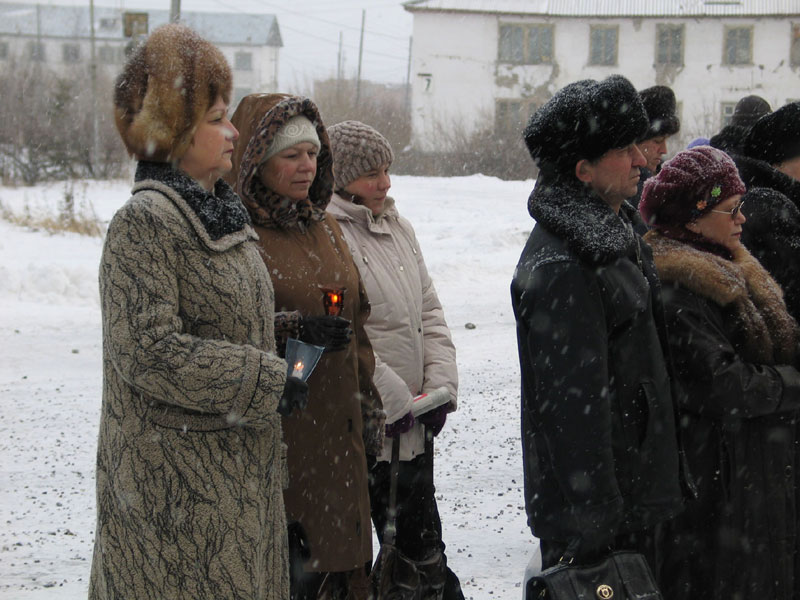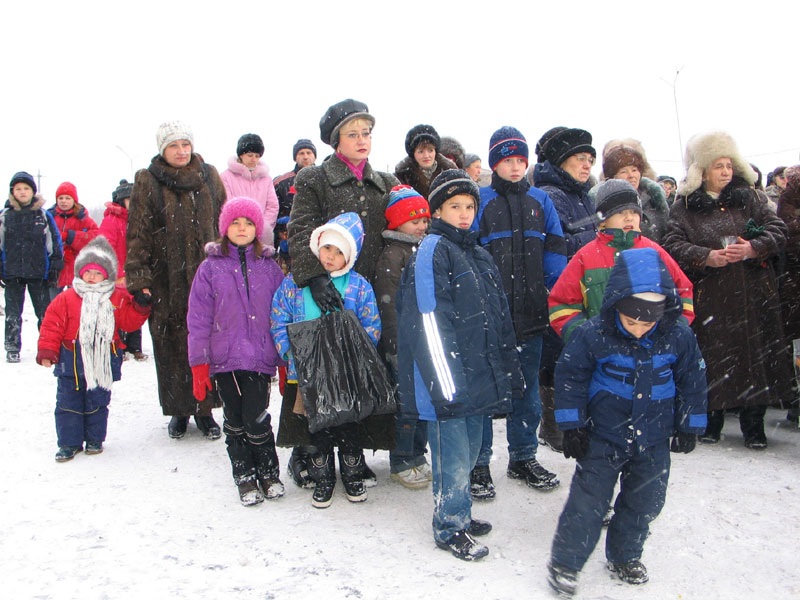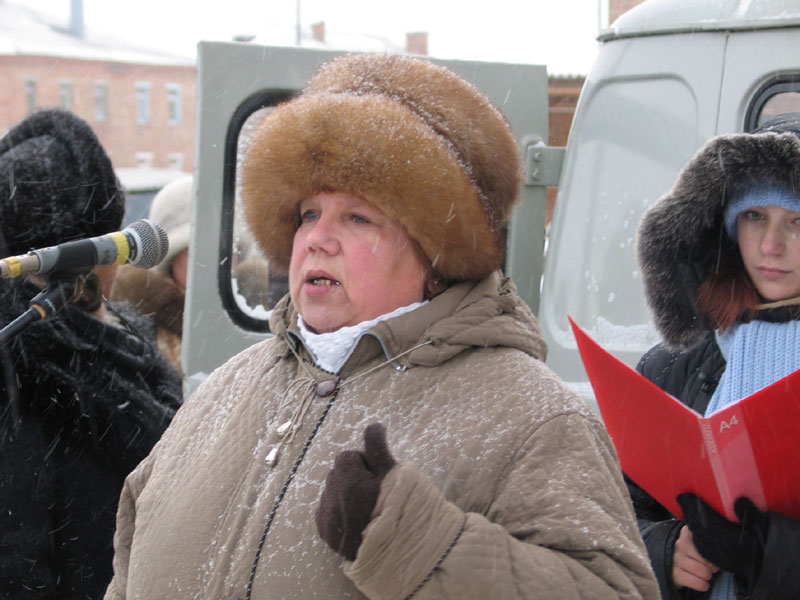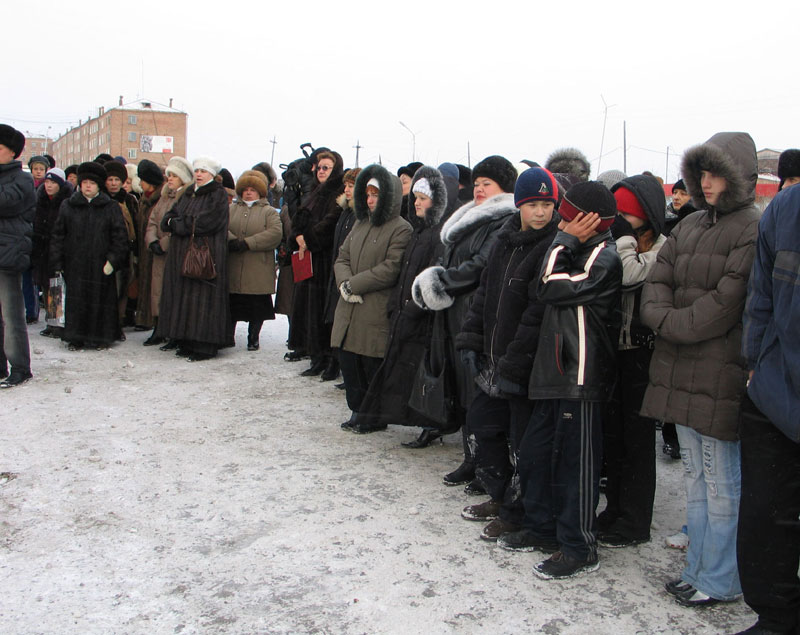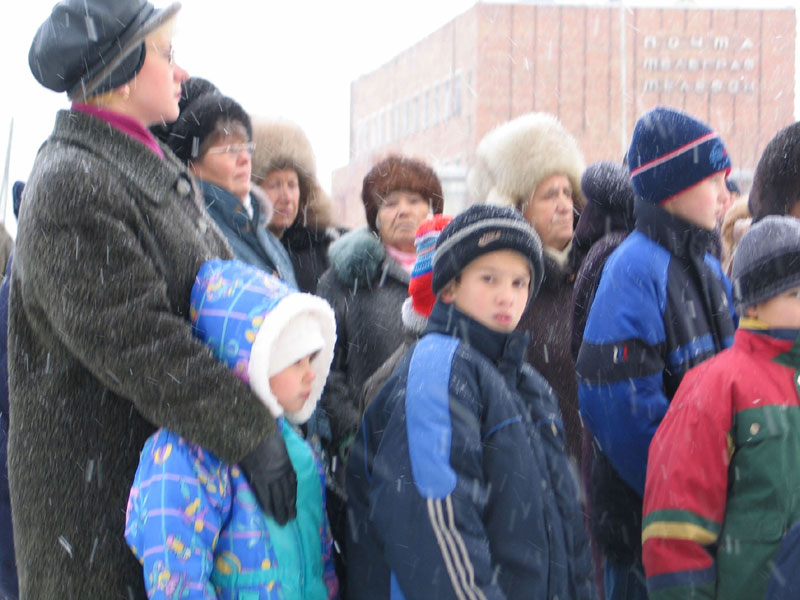









For the inhabitants of Igarka the Day in commemoration of the victims of political reprisals is no one-only action, which people might recall from time to time. Each Igarkan is very well aware of the meaning of the words “politically persecuted”: unless they do not directly come from a family of persecutees themselves, they at least live door to door with them or went to school with their children some time ago. Year by year the events of the 1930s till the 1950s of the past century are more and more fading away from our memory. New generations rise, which are less and less aware about the occurrences of bygone days. What can we do, in order not to allow the connection between the generations to break of and to avoid a possible repetition of the horrible practices of State leadership of past years.
On the 30th of October 2004 a commemoration meeting was held on the territory of the Museum of Local Lore, the “Permafrost Museum”, to the honour of the inhabitants of Igarka, who suffered political reprisals. Here, on the murseum areal, not far from the place, where the barracks of the former special resettlers had been erected at that time, commemorative tablets were put up: by Lithuanians who were never displaced here in order to die. They bear the inscription: “In memory of those 5560 innocent Lithuanian citizens deported to Igarka in 1940. Your fellow countrymen”. There is another inscription made by the inhabitants of Igarka: “In memory of those who innocently suffered during the time of political persecutions”.
This year the “Permafrost Musuem” introduced a program of events dedicated to the Day in commemoration of the victims of political reprisals. The Inhabitants of Igarka were proposed to participate in the manufacture of an all-town patchwork, a so-called quilt. A quilt is produced by sewing together lots of small pieces of cloth, which are arranged into a defined picture or pattern. Minors (students of the 7th to 11th terms) were invited to take part in this action, as well as families, work collectives, groups engaged in culture, social organizations and different kinds of associations. Each group was asked to prepare a pieve of cloth, 2 x 2 meters in size, which was finally to be joined together with the pieces of quilt done by the others.
16 groups altogether participated in the creation of patterns of a symbolic character: collectives from educational institutions (kindergartens, schools, the Center of children’s cultural activities, the Children’s and youth gym club), cultural institutions (Permafrost Museum, Municipal House of Culrure, Children’s Art School, town library), social institutions (Center of social wwelfare of citizens and invalids, the “Zabota” children’s home) as well as the Veterans’ council and individual citizens.
The participants of the action met and discussed different subjects, such as, for example, procedure and costs, as well as many items regarding the manufacturer of the quilt and the history of political persecutions in the region of Igarka from the 1930s till the 1950s. The plan to stress out the “fragmentaryness” of the ready quilt was fulfille as agreed upon before, however, the technics by which the individual pieces were manufactured varied – depending on the possibilities and phantasy of the participants: appliqués, paintings on the cloth, design of the collage, etc.
On October 28th the complete quilt of a size of 8 x 8 meters was hung out at one of the apartment houses in the town center. The following day, at 1pm, a meeting was held in commemoration of the victims of political reprisals, in the course of which the people heard a literary-musical composition and saw the presentation of the commemoration quilt. Afterwards there was a minute’s silence.
The polar weather “was crying”; it had been raining as from the early morning of the 28th of October – to the great surprise of the old-established, the aboriginal population, and the weather prophets. And then, in the course of a few hoursonly, there was a sudden drop in temperature, and the people passing by felt, how the water under their feet changed into slush and ice. On October 29th, a strong wind sprang up and there were snow showers every now and then. During the commemoration meeting, however, there was a change in the weather – it was calming down for exactly one hour, as if nature itself was concerned about the memorable event taking place, and as if it also intended to celebrate this day in memory of those who suffered without being guilty at all …
The citizenes of Igarka will have the opportunity to look at the co-produced quilt for another few days. It will then pass over to the “Permafrost museum” for preservation.
Viktoria Aleksandrovna Sergeeva, main curator of the museum
Photos: A. Bychin, A. Toshchev
